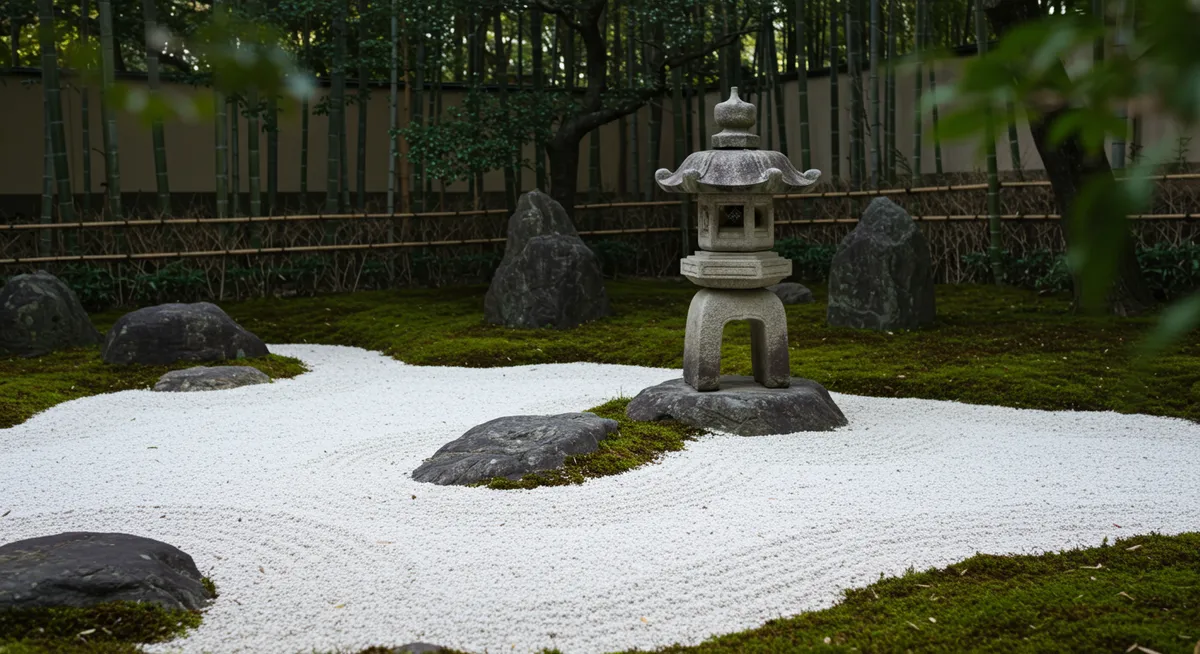
Kamakura Parks & Gardens: Top Green Escapes
Table of Contents
Want to find the best nature experiences for this destination? Chat with our nature tourism specialist!
Get Nature TipsCategory: kamakura-parks-and-gardens-to-visit
Discover Kamakura's Serene Parks and Gardens
Having explored Kamakura extensively over several visits, I can attest that its natural beauty is as captivating as its historical temples. Beyond the famous shrines, the city boasts an array of tranquil parks and exquisite gardens that provide perfect sanctuaries for reflection and relaxation. These green spaces are integral to the Kamakura experience, offering a refreshing contrast to the bustling streets and a deeper connection to Japan's rich cultural heritage. You'll discover hidden gems that truly showcase the unique blend of nature and tradition.
Hokoku-ji Temple Bamboo Garden
Nestled behind the main temple hall, Hokoku-ji's renowned bamboo garden is an absolute must-visit for anyone seeking tranquility. Walking through the towering stalks of bamboo, a gentle rustle accompanies every step, creating an incredibly serene atmosphere. It’s truly one of the most iconic Kamakura parks and gardens, offering a unique sensory experience. Don't forget to enjoy a cup of matcha tea at the small teahouse overlooking the grove—a perfect way to absorb the peaceful ambiance. For a more comprehensive guide to these natural wonders, explore other Kamakura bamboo groves. This spot is a personal favorite, often inspiring a moment of quiet contemplation.
Meigetsu-in Temple (Hydrangea Temple)
Meigetsu-in, fondly known as the 'Hydrangea Temple,' transforms into a breathtaking spectacle during early summer when its blue hydrangeas are in full bloom. While seasonal, its circular window offering a framed view of the inner garden is beautiful year-round, representing spiritual enlightenment. This temple is a prime example of the rich natural attractions surrounding Kamakura's temples, blending horticulture with spiritual design. My advice? Visit early to avoid crowds, especially during hydrangea season. It’s certainly one of the most picturesque Kamakura parks and gardens, offering a calming retreat from the everyday.
Engaku-ji Temple Gardens
One of Kamakura's leading Zen temples, Engaku-ji boasts expansive grounds that are a joy to explore. Its various sub-temples feature their own meticulously maintained gardens, ranging from traditional dry landscapes (kare-sansui) to mossy havens. The paths winding through the temple complex also connect to lush, forested areas, making it an ideal spot for a leisurely stroll or even part of a longer Kamakura hiking adventure. The tranquil atmosphere here is truly conducive to reflection, showcasing the deeper beauty of Kamakura parks and gardens. I found the sound of the bell tower particularly soothing during my last visit.
Tsurugaoka Hachimangu Shrine Grounds
While primarily a Shinto shrine, Tsurugaoka Hachimangu's vast grounds are home to beautiful ponds, walking paths, and seasonal flower displays, including lotus and azaleas. The Drum Bridge and the surrounding gardens provide a serene setting for visitors to relax and enjoy nature amidst historical architecture. It's a central hub for those exploring Kamakura's natural beauty and spiritual sites. Many visitors overlook the subtle charm of these gardens, but I always recommend taking time to wander and appreciate the harmonious blend of nature and spiritual devotion. This iconic site is a cornerstone of any Kamakura travel itinerary.
Genjiyama Park
Perched on a hillside overlooking the city, Genjiyama Park offers panoramic views, especially of the coastline and sometimes Mount Fuji on clear days. It's not a formal garden but a spacious park with walking trails and a statue of Minamoto no Yoritomo. This park is an excellent starting point for exploring more expansive Kamakura coastal walks and offers a different perspective on the region's natural charm compared to the temple gardens. The tranquility here provides a fantastic escape; it's where I always feel a strong connection to Kamakura's historical landscape.
Frequently Asked Questions
When is the best time to visit Kamakura's gardens?
Are Kamakura's gardens accessible?
Are there any entrance fees for Kamakura parks and gardens?
Kamakura's parks and gardens offer a soul-soothing journey through natural beauty and profound history. From the meditative whispers of the bamboo groves to the vibrant seasonal blooms, each green space provides a unique glimpse into the city's tranquil charm. Exploring these Kamakura parks and gardens truly enriches any visit, allowing for moments of quiet contemplation amidst your travels. I highly recommend taking the time to wander these serene landscapes, finding your own favorite peaceful corner. Plan your visit to immerse yourself in the natural splendor that defines this remarkable Japanese city.